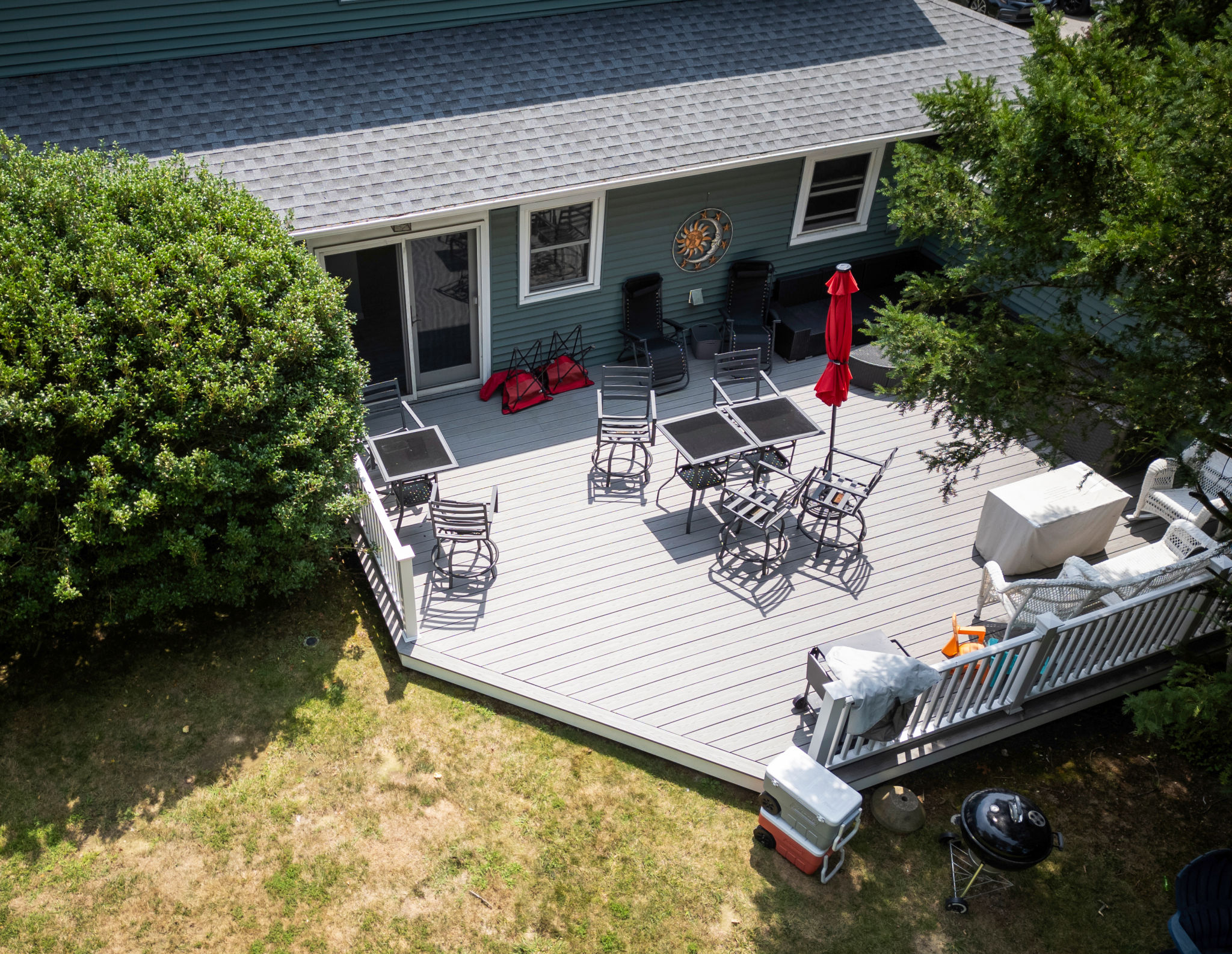Case Study: Transforming Outdoor Spaces with Alternative Wood in Middlesex County
Introduction to Alternative Wood Solutions
In recent years, homeowners and businesses in Middlesex County have been seeking eco-friendly and durable solutions for outdoor spaces. Traditional wood, while aesthetically pleasing, poses challenges such as maintenance and environmental impact. This is where alternative wood products come into play, offering a sustainable and long-lasting option for transforming outdoor areas.
The Benefits of Alternative Wood
Alternative wood, often composed of composite materials, offers numerous advantages over traditional wood. These products are designed to withstand harsh weather conditions, reducing the need for frequent repairs and replacements. Furthermore, they are typically made from recycled materials, making them an environmentally conscious choice.

One of the key benefits of alternative wood is its low maintenance requirements. Unlike natural wood, which needs regular staining and sealing, composite materials retain their appearance with minimal upkeep. This not only saves time but also reduces the ongoing costs associated with maintaining outdoor spaces.
Case Study: Transforming a Middlesex County Backyard
In a recent project in Middlesex County, a homeowner sought to revamp their backyard using alternative wood. The goal was to create a space that was both functional and visually appealing while minimizing environmental impact. The project involved replacing an old wooden deck with composite decking and adding new fencing made from recycled materials.

The transformation resulted in a stunning outdoor area that requires little maintenance and will remain beautiful for years to come. The homeowners were particularly impressed with the product's resistance to fading and staining, even with constant exposure to sun and rain.
Installation Process and Challenges
The installation of alternative wood products is straightforward, but it does require some expertise. In this case study, the team faced challenges related to the uneven terrain of the backyard. However, using adjustable supports and precise measurements, they were able to ensure a level installation that met the homeowner's expectations.
Another consideration during the installation was ensuring that the materials complemented the existing landscape. By selecting colors and textures that harmonized with the natural surroundings, the project seamlessly integrated with the overall aesthetic of the property.

Conclusion: The Future of Outdoor Spaces
This case study highlights the potential of alternative wood solutions in transforming outdoor spaces in Middlesex County. As more homeowners and businesses look for sustainable and durable options, the popularity of these materials is likely to continue growing. Not only do they offer practical benefits, but they also contribute to a greener environment.
For those considering an outdoor renovation, alternative wood products offer an attractive solution that balances aesthetics with sustainability. By choosing these materials, property owners can enjoy beautiful and resilient outdoor spaces that enhance their quality of life while reducing their environmental footprint.